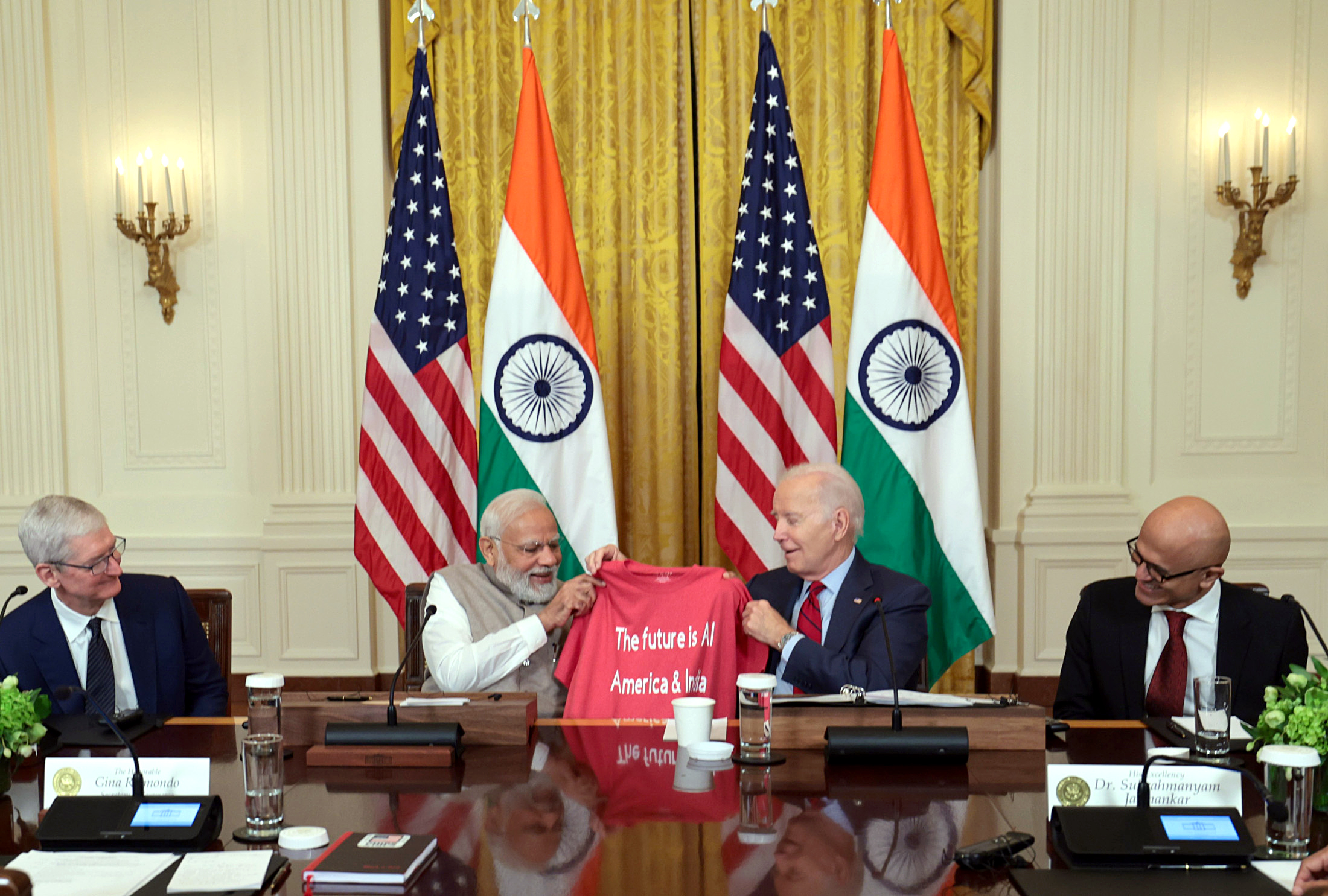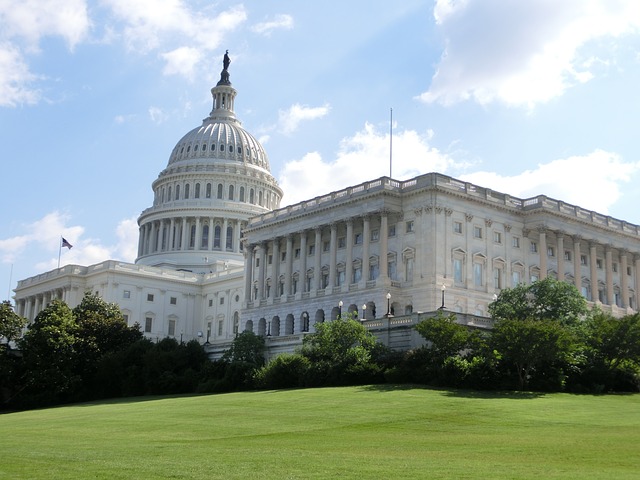The growth to be driven by private consumption and investment, supported by government efforts to enhance infrastructure, logistics, and the overall business climate
Our Bureau
New York/Mumbai
Indian economy is expected to clock an average growth rate of 6.7 per cent till 2026-27 fiscal driven by domestic consumption, S&P Global Ratings Senior Economist (Asia Pacific) Vishrut Rana said on Wednesday. He said the economic growth in the current fiscal is expected to come in around 6 per cent, lower than 7.2 per cent clocked in 2022-23. “We are seeing some headwinds from the trade side which is affecting activity and that is one of the factors that is affecting growth this year,” Rana said at a webinar.
The factors that are driving the slowdown from 7.2 per cent growth last fiscal are weaker external environment, moderation in pent-up demand, and softening private consumption activity, Rana said.
Reserve Bank of India has projected GDP growth in the current fiscal to be 6.5 per cent. But Rana said there is a “strong tailwind” coming from the investment side and the investment outlook is looking significantly stronger.
Meanwhile, GlobalData, a leading data and analytics company, has also said that India is emerging as a ray of hope and is positioned to achieve the highest GDP growth rate among major economies in 2023. The growth will be driven by robust private consumption and investment, supported by government efforts to enhance infrastructure, logistics, and the overall business climate.
However, a decline in external demand may impact trade prospects this year. Nonetheless, the country is expected to maintain a solid pace with a projected growth rate of 5.7%, representing a slight slowdown from the 7% growth experienced in 2022,
GlobalData’s latest report, “Macroeconomic Outlook Report: India,” reveals that India’s GDP grew by 6.1% on an annual basis in Q1 2023, surpassing the previous quarter’s 4.5% growth. Private spending accelerated to 2.8% (from 2.2% in Q4 2022), public expenditure rebounded to 2.3% (-0.6%), and gross fixed capital formation increased to 8.9% (8%).
The economic growth in Q2 and Q3 2023 is expected to be driven by private consumption, supported by a revival in rural demand and increased manufacturing activity supported by benign inflation. India’s annual inflation rate dropped to 4.25% in May 2023, marking the lowest level since April 2021 and remaining closer to RBI’s inflation target of 4%.
In terms of sectors, financial intermediation, real estate, and business activities contributed 21.5% to the gross value added (GVA) in 2022, followed by mining, manufacturing, and utilities (20.0%) and agriculture (18.3%). In nominal terms, the three sectors are forecast to grow by 11.8%, 11.7%, and 11.7%, respectively, in 2023 as compared to the 15.1%, 13.2%, and 11.2% growth recorded in 2022.
The budget presented in February 2023 outlines a plan to increase capital expenditure by 37.4% to $121.9 billion, providing substantial support for the growth of the construction and related industries. GlobalData forecasts the construction sector’s gross value added (GVA) to witness an average annual growth rate of 11.1% from 2023 to 2025.
On the external side, India’s exports in May 2023 declined by 10.3%, while imports fell by 6.6%, resulting in a trade deficit of $22.1 billion. This marks the fourth consecutive month of export contraction, posing challenges for economic recovery and the current account deficit. GlobalData projects the exports and imports growth to slow down to 4% and 3%, respectively, in 2023 from 4.2% and 4.6% in 2022.
Despite a decline in FDI from $84.8 billion in FY2022 to $71 billion in FY2023, there is optimism for a rebound as major US tech giants like Amazon, Google, and Microsoft announced significant investments during Prime Minister Modi’s US visit in June 2023.
Amazon pledged an additional $15 billion, bringing its total investment to $26 billion by 2030. Google is expected to open a fintech center in Gujarat, and Microsoft emphasized the transformative potential of AI to improve the lives of Indians. These initiatives are expected to support startups, accelerate digitization, foster job creation, and help improve GDP growth in coming quarters.
India is categorized as a manageable-risk nation and ranked 56th out of 153 nations in the GlobalData Country Risk Index (GCRI Q1 2023). The country’s risk score was lower in terms of macroeconomic, political, and legal risk parameters when compared with the average score of the world.

























